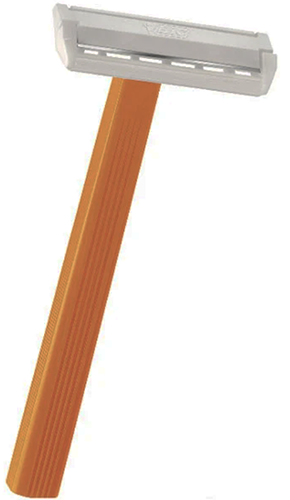Hair removal
- Razors can rapidly remove hair from the surgical field, but may result in small cuts and abrasions. This minor skin damage can provide an area where bacterial flora can multiply and potentially infect the surgical incision site.
- Clippers mechanically trim the hairs close to the skin, effectively removing it from the field, and avoid the skin trauma caused by the sharp blade of a razor.
- Depilatory creams remove hair via chemical means, although these are costly and may cause a sensitivity reaction at the site.
- Removing hair immediately before surgery may decrease infection rates.
- A recent Cochrane Review found no statistically significant effect on surgical site infection (SSI) rates of hair removal. However the low numbers involved do not allow confidence in a conclusion.
- When it is necessary to remove hair, clippers are associated with fewer SSIs than razors. There was no significant difference in SSI rates between depilatory creams and shaving, or between shaving or clipping the day before surgery or on the day of surgery.8

Figure 1.Disposable razor
Figure 2.Surgical clippers